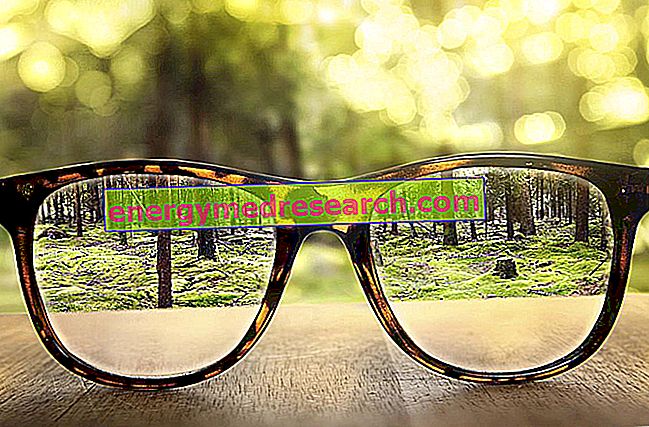Scroll down the page to read the summary table on the fifth disease
| Fifth disease | Contagious viral pathology, typical of school-age children: it is an erythematous form with an acute course, triggered by parvovirus B19. It is reputed to be the fifth disease that affects children during childhood. |
| Synonyms of the fifth disease | Infectious erythema and epidemic megaloeritema, most commonly slapped cheek disease |
| Fifth disease: incidence index |
|
| Fifth disease: symptoms |
|
| Healing from the fifth disease | Regression of the disease almost always spontaneous
|
| Risk of contagion of the fifth disease | Start before the onset of symptoms, starting from the moment of incubation (until the appearance of the first rashes) |
| Duration of the incubation phase | The incubation phase of the virus can last up to two weeks, during which the subject has no cutaneous prodrome |
| Joint pain in adults and children | Adult: the joint pains generated by the fifth disease seem to occur more frequently and under various clinical forms: acute, chronic and arthritic arthritis accompanied or not by chronic fatigue Child: arthromialgic forms prevail; more rare are acute or chronic oligo-articulars and arthrosynovitis |
| Fifth disease: complications | Almost nil complications in the vast majority of patients with the fifth disease. In some patients (eg affected by autoimmune hemolytic anemia, myeloid leukemia etc.) the fifth disease can degenerate into acute hemolytic anemia, leukopenia, decrease in red blood cells and disappearance of reticulocytes |
| Fifth disease: diagnosis |
|
| Fifth disease: therapies | Generally no therapy is needed
|
| Fifth disease: prevention | During the illness it is advisable to avoid exposure to solar radiation, responsible for a possible aggravation of skin symptoms |
| Fifth disease and pregnancy | Parvovirus b19 could cause serious problems to the fetus: often the virus is lethal for the unborn child |



